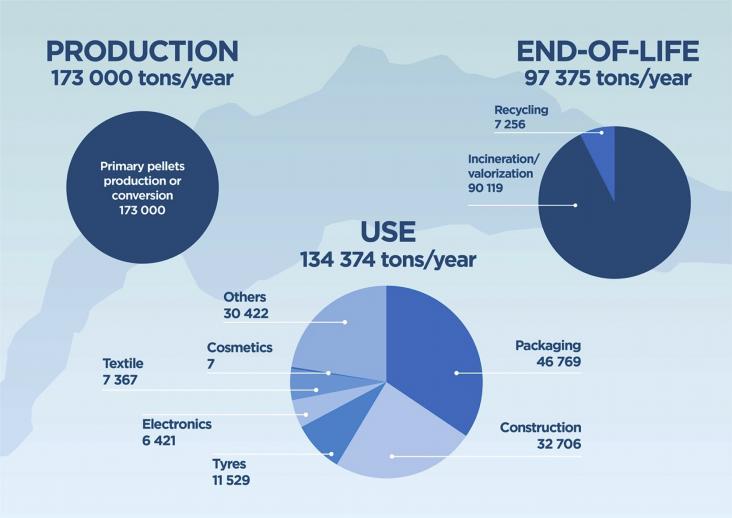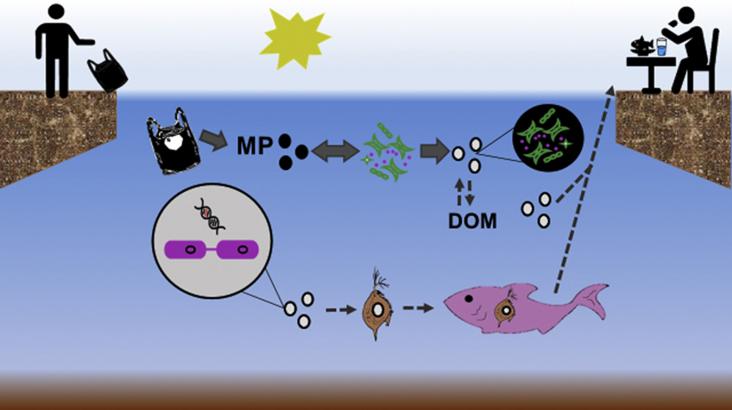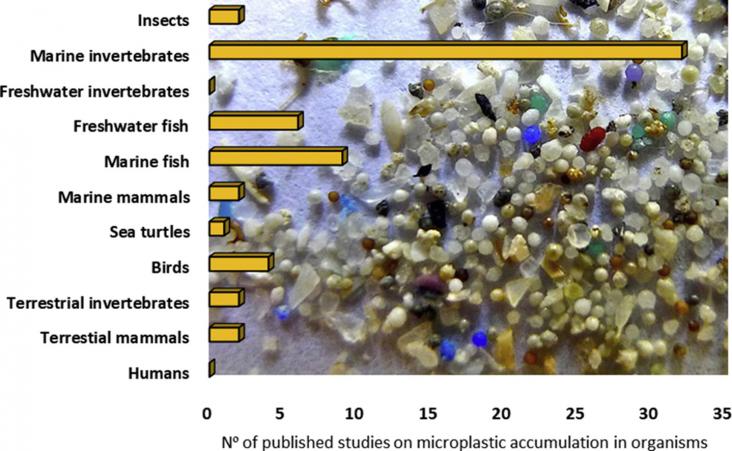This book chapter addresses goals 12, 7, 11 and 15 by looking at the environmental and economic impact of the utilization of biomass resources.

High amounts of macro and microplastic have been reported in rivers, lakes and seas. However, links between the observed pollution and their sources remain unclear.

Microplastics (MP) provide a unique and extensive surface for microbial colonization in aquatic ecosystems.
Plastics are a frequently observed component of marine debris and there is growing concern about microplastic (MP) ecotoxicity, and the impacts of additives, sorbed hazardous organic contaminants,
The built environment is responsible for large negative ecological impacts due in part to the vast amount of materials used in construction.

It has been estimated that European customers visit community pharmacies to access essential primary healthcare around 46 million times every day.
There is worldwide concern about the environmental costs of conventional intensification of agriculture.

The emerging insects-as-food industry is increasingly promoted as a sustainable alternative to other animal protein production systems.

Following a decade of research on the environmental impacts of microplastics, a knowledge gap remains on the processes by which micro and nanoplastics pass across biological barriers, enter cells and

